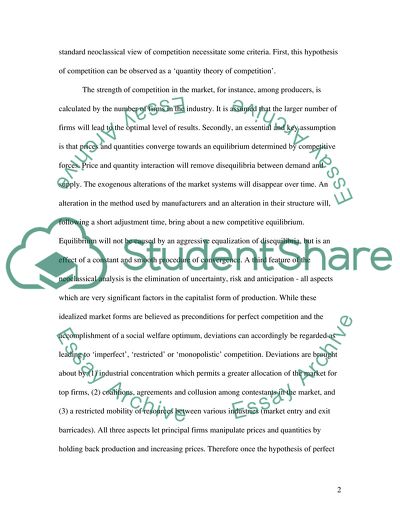Cite this document
(Post-Keynesian and Austrian Criticisms of the Standard Neoclassical Vi Coursework - 1, n.d.)
Post-Keynesian and Austrian Criticisms of the Standard Neoclassical Vi Coursework - 1. Retrieved from https://studentshare.org/macro-microeconomics/1731668-assess-the-significance-of-post-keynesian-and-austrian-criticisms-of-the-standard-neoclassical-view-of-competition
Post-Keynesian and Austrian Criticisms of the Standard Neoclassical Vi Coursework - 1. Retrieved from https://studentshare.org/macro-microeconomics/1731668-assess-the-significance-of-post-keynesian-and-austrian-criticisms-of-the-standard-neoclassical-view-of-competition
(Post-Keynesian and Austrian Criticisms of the Standard Neoclassical Vi Coursework - 1)
Post-Keynesian and Austrian Criticisms of the Standard Neoclassical Vi Coursework - 1. https://studentshare.org/macro-microeconomics/1731668-assess-the-significance-of-post-keynesian-and-austrian-criticisms-of-the-standard-neoclassical-view-of-competition.
Post-Keynesian and Austrian Criticisms of the Standard Neoclassical Vi Coursework - 1. https://studentshare.org/macro-microeconomics/1731668-assess-the-significance-of-post-keynesian-and-austrian-criticisms-of-the-standard-neoclassical-view-of-competition.
“Post-Keynesian and Austrian Criticisms of the Standard Neoclassical Vi Coursework - 1”. https://studentshare.org/macro-microeconomics/1731668-assess-the-significance-of-post-keynesian-and-austrian-criticisms-of-the-standard-neoclassical-view-of-competition.


